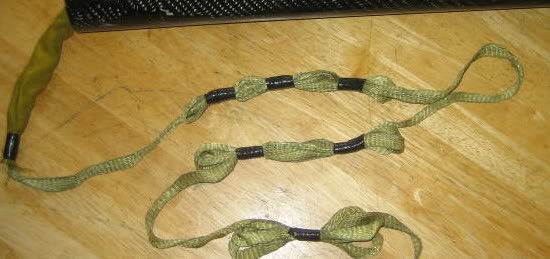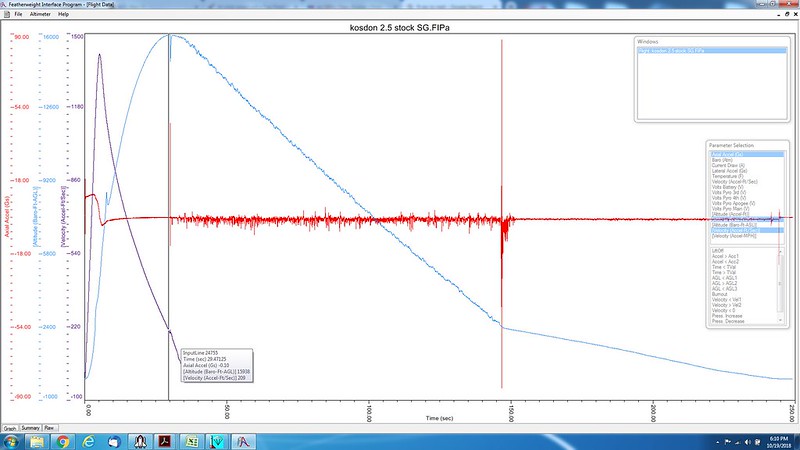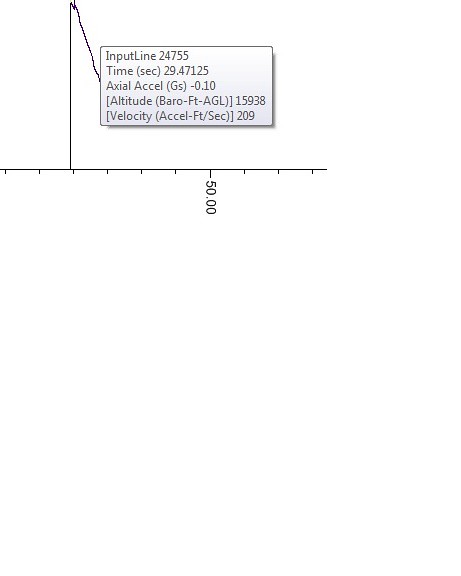plugger
Well-Known Member
- Joined
- Apr 30, 2009
- Messages
- 759
- Reaction score
- 454
Subject says it all. I'm looking to get an idea of what speeds Top Flight X-Type drogue parachutes (both standard and Ultra lines) can reach before the parachute fails. I'm looking to use them in a couple projects that will have deployment at or near the jet stream so ideally I'd like some idea as to what speeds those parachutes can reach before failing.
Yes, I'm aware that RocketMan makes a ballistic Mach II parachute but space will be at a premium in the flights I've got planned and those specific chutes look a bit bulky. Hence my preference to look at the Top Flight line first.
Any comments would be appreciated.
Yes, I'm aware that RocketMan makes a ballistic Mach II parachute but space will be at a premium in the flights I've got planned and those specific chutes look a bit bulky. Hence my preference to look at the Top Flight line first.
Any comments would be appreciated.





